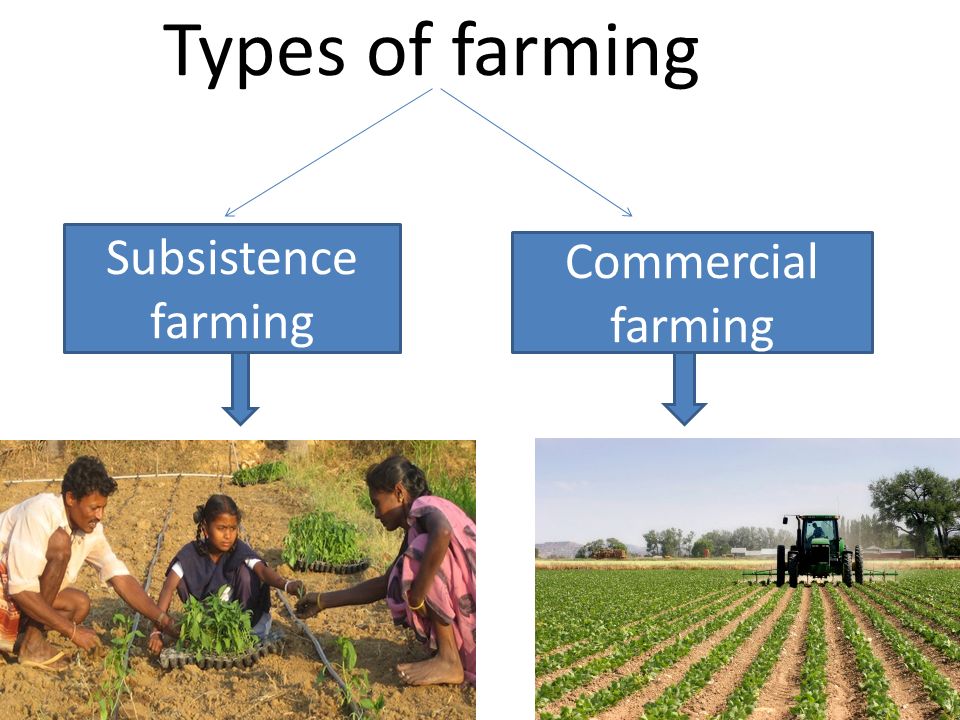An Extensive Look at the Obstacles and Advantages of Modern Agriculture
Modern agriculture stands at the crossroads of development and sustainability, presenting a wide variety of difficulties and chances. The course ahead demands a mindful assessment of these dynamics, inviting stakeholders to take into consideration the possibility for transformative modification in farming methods and policies.
Technological Innovations in Farming
Technical developments in farming have actually reinvented the agricultural field, driving enhanced productivity and performance. Advancements such as precision agriculture, biotechnology, and automation have changed standard farming methods, enabling more successful and sustainable procedures. Precision farming utilizes GPS innovation, sensors, and data analytics to maximize field-level administration concerning plant farming. This method makes it possible for farmers to use inputs like water, plant foods, and pesticides extra carefully, reducing waste and reducing prices while enhancing returns.
Automation in farming has even more thrust the industry forward, with the introduction of autonomous tractors, drones, and robotics. These innovations lessen labor needs and increase operational rate, enabling timely planting and harvesting. Drones, particularly, provide valuable aerial imagery and information, aiding farmers in keeping track of crop health and discovering problems early.
Biotechnology has actually additionally played an essential duty in progressing agricultural techniques. Jointly, these technological advancements have actually laid the foundation for a much more resistant and lasting farming future.
Environmental Difficulties
Agriculture encounters several environmental difficulties that intimidate its sustainability and productivity. The long-lasting feasibility of farming land is compromised, requiring the fostering of even more lasting practices.
Water shortage is an additional substantial challenge, particularly in regions where agriculture heavily relies upon watering. Environment change is intensifying this issue, changing precipitation patterns and boosting the regularity of dry spells. Reliable water monitoring systems, such as drip watering and rain harvesting, are crucial to mitigate these effects, however their application stays unequal across different regions.
Additionally, farming is both a factor and a sufferer to climate modification. It represents a significant share of greenhouse gas exhausts, mostly from animals production and rice growing. Transitioning to low-emission agricultural practices, such as precision farming and agroforestry, can help in reducing this influence. These approaches need considerable investment and technical experience, posturing an obstacle to extensive adoption. Addressing these ecological difficulties is important for guaranteeing a sustainable farming future.

Financial Effects
The financial effects of modern agriculture are profound and diverse, influencing both neighborhood and global markets. Breakthroughs in innovation and manufacturing methods have dramatically boosted agricultural efficiency, leading to extra efficient food supply chains and decreased expenses for customers.
The capital-intensive nature of modern-day farming needs considerable investment in machinery, plant foods, and genetically changed seeds, which can be monetarily challenging for small farmers. Furthermore, worldwide market fluctuations can impact the productivity of farming exports, making economic climates reliant on agriculture vulnerable to financial instability.
Moreover, aids and profession plans in developed nations can misshape market costs, impacting affordable balance and possibly disadvantaging farmers in establishing nations. Generally, while modern agriculture drives financial growth, it additionally requires browsing complicated economic landscapes to guarantee sustainable and fair growth.
Social Ramifications
While modern agriculture has actually brought about considerable developments, it additionally presents different social effects that call for factor to consider. One major worry is the displacement of small-scale farmers because of the surge of large agribusinesses. As company farming entities increasingly dominate the farming landscape, smaller sized farms commonly battle to compete, causing the disintegration of country communities and conventional farming techniques. This change can result in a loss of local understanding and social heritage that smaller sized ranches maintain.

Additionally, there are concerns regarding food safety and sovereignty. The concentrate on monoculture and genetically customized crops can undermine biodiversity and make food systems extra at risk Full Article to diseases and insects. Such methods could also restrict consumer choices and reduce the ability of neighborhood neighborhoods to manage their food sources. As these social implications unravel, it ends up being vital to address them to ensure fair and lasting agricultural development.
Future Instructions
Looking ahead, numerous appealing avenues for modern-day agriculture can deal with the challenges dealt with today while fostering lasting growth. Advances in innovation, such as precision farming, provide the possible to optimize source use and boost performance. By utilizing information analytics and artificial intelligence, farmers can make enlightened decisions relating to plant management, bring about reduced input expenses and minimized environmental influence. The combination of eco-friendly energy sources right into farming techniques could considerably minimize dependence on fossil gas and contribute to lower greenhouse gas emissions.
Biotechnology additionally holds immense promise for the future of agriculture. Genetically modified organisms (GMOs) and genetics editing strategies, like view it now CRISPR, can boost plant durability against climate adjustment, parasites, and illness, therefore boosting food safety. Expanding plant ranges to include more nutrient-dense and climate-resilient choices might bolster both eco-friendly security and human nutrition.

Verdict
Modern farming, defined by technological improvements, provides both opportunities and challenges. While advancements such as precision farming and biotechnology enhance productivity and sustainability, they also add to ecological problems like soil destruction and water deficiency. The economic impacts are substantial, leading and affecting small farmers to wider social implications. Resolving these intricacies needs a transition in the direction of sustainable practices that stabilize performance with environmental stewardship and social equity, thus ensuring a resistant future for international farming systems.
Modern farming stands at the crossroads of advancement and sustainability, presenting a wide range of possibilities and challenges. Furthermore, international market fluctuations can affect the profitability of agricultural exports, making economic climates reliant view it on farming susceptible to economic instability.
Additionally, the intensive usage of modern technology and mechanization in agriculture has actually led to a decline in farming employment chances.Looking in advance, a number of encouraging opportunities for modern-day farming could deal with the difficulties encountered today while cultivating lasting growth. commercial farming vs subsistence farming.Modern agriculture, identified by technical developments, provides both obstacles and possibilities
Comments on “Exploring the Trick Distinctions In Between Commercial Farming vs Subsistence Farming”